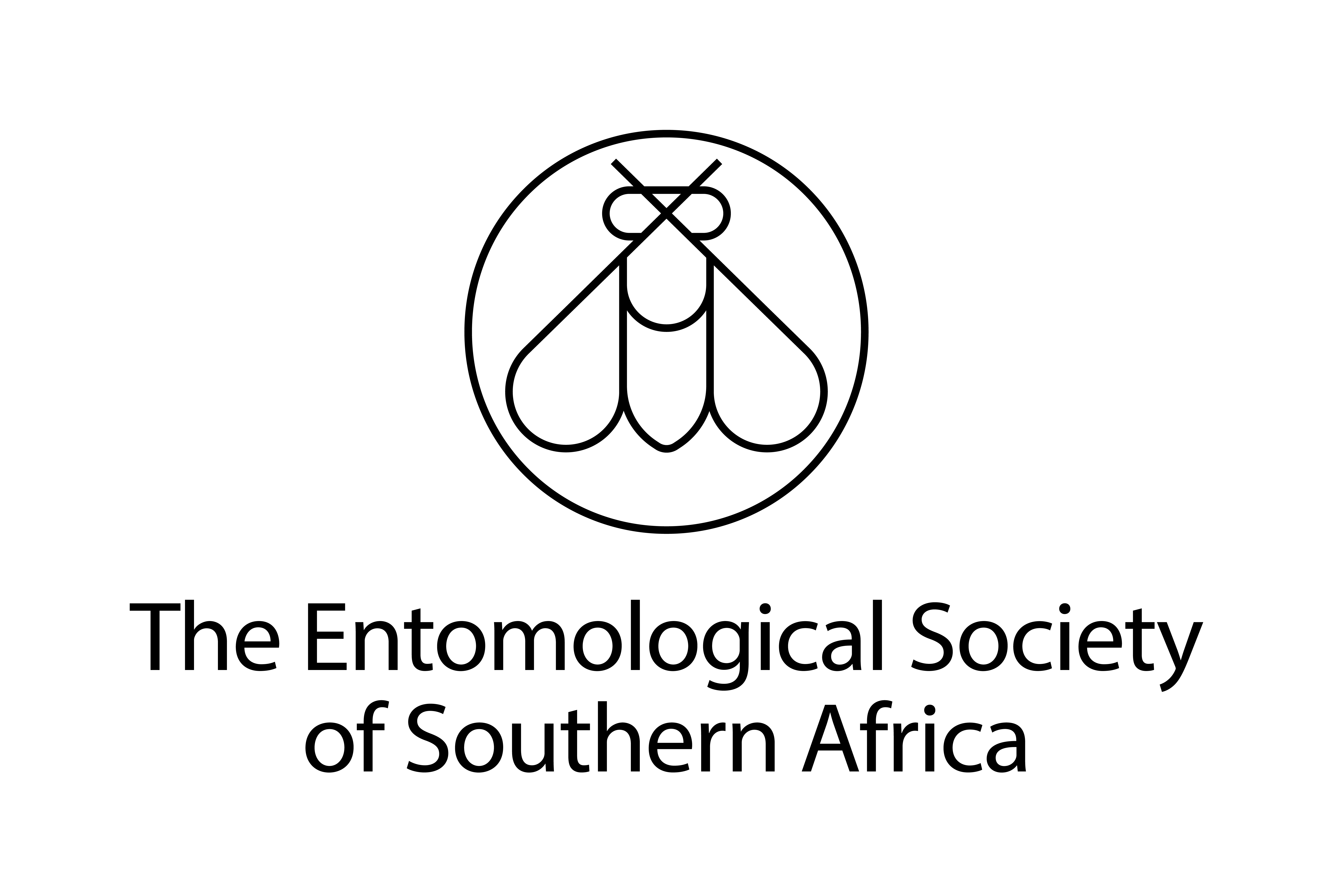Effectiveness of different traps and lures for coffee berry borer, Hypothenemus hampei (Ferrari, 1867) in São Tomé Island
DOI:
https://doi.org/10.17159/2254-8854/2023/a13590Keywords:
Coffee, attractants, integrated pest management (IPM), infestation levelAbstract
Coffee berry borer, Hypothenemus hampei (Ferrari, 1867), is a serious insect pest of organic coffee plantation in São Tomé Island. To date, limited information regarding the seasonal phenology of this pest species on the islands limits the implementation of integrated pest management (IPM) programmes. As part of a coffee farmer training programme, three attractants were evaluated in red vs. transparent traps to assess olfactory and visual stimuli. The experiment was delineated in a split-block design with three types of attractants: commercial ethanol + 40 g of ripe Robusta coffee (A1), proportion 3:1 methanol and ethanol (A2), and commercial ethanol + 10 g of ground roasted Arabica coffee (A3); and two home-made transparent (D1) and red (D2) traps. The results showed that there was significant interaction between the trap model and the attractant for borer capture. The transparent trap baited with methanol and ethanol exhibited the best result with an average of 14.3 ± 5.4 adults/trap/week. Transparent traps baited captured more borers and largest numbers of beetles were trapped late May through September. In short, home-made traps alone are not effective for controlling the coffee berry borer, but they are useful in monitoring this species.
Downloads
References
.
Downloads
Published
Issue
Section
License
Copyright (c) 2023 Miclay Carvalho , Alex Lopes , Albino Bento , Luís Santos , Raul Guedes , PA Casquero

This work is licensed under a Creative Commons Attribution 4.0 International License.




.png)